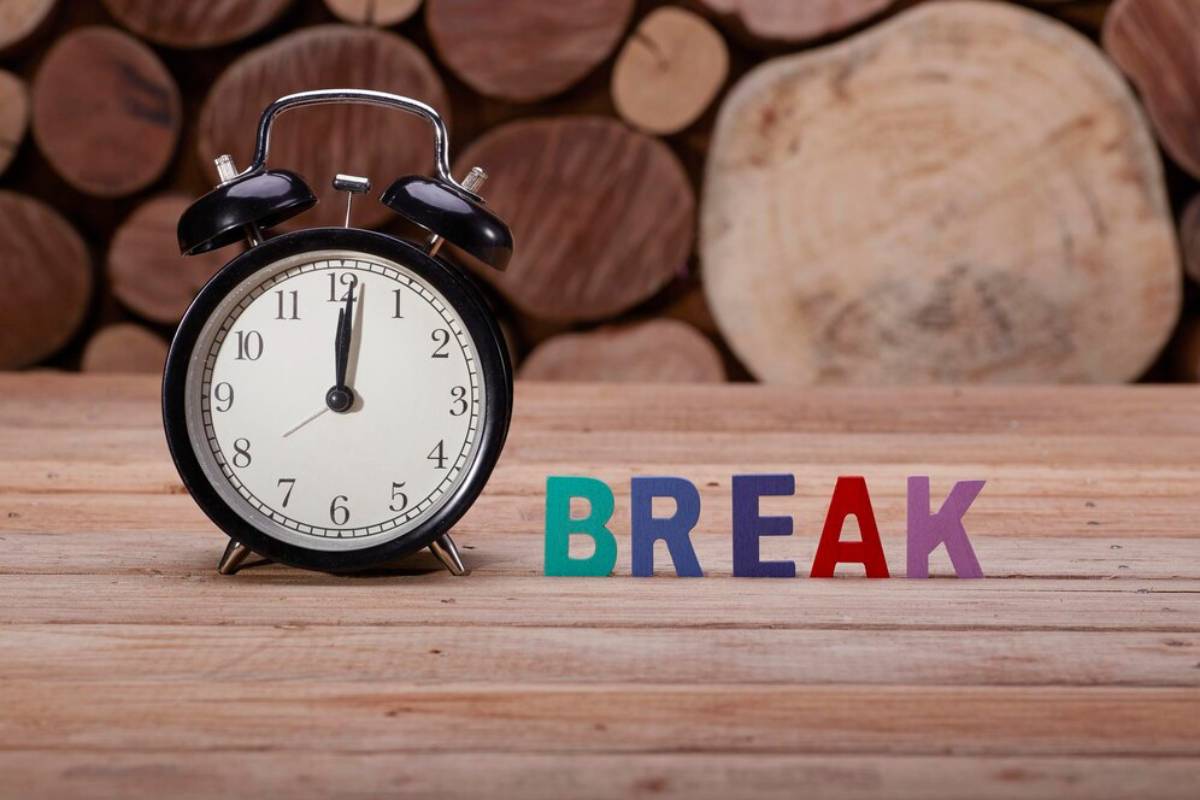
Why Breaks Are Essential for Sustained Deep Work
Ever found yourself staring blankly at your screen, fingers poised over the keyboard, but your mind utterly blank? You’re not alone. In a world obsessed with hustle and productivity, the concept of taking a break often feels like an indulgence — or worse, a sign of weakness. But what if we’ve got it all backwards?
Deep work — the ability to focus without distraction on cognitively demanding tasks — is revered in the productivity world. It’s how we solve complex problems, produce high-quality output, and stretch our intellectual capacities. But here’s the rub: you can’t sustain deep work without deliberate breaks. That’s not a loophole. It’s biology.
In this article, we’ll explore why breaks are not just beneficial but essential to sustained deep work. You’ll learn how taking the right kind of break at the right time can help you recover focus, boost mental energy, and enhance productivity — without burning out. Ready to work smarter, not harder?
The Science Behind Focus Fatigue
What Happens to Your Brain During Deep Work?
When you engage in deep work, your brain shifts into high gear. This intense concentration recruits your prefrontal cortex, the area responsible for decision-making, problem-solving, and impulse control. But like a muscle, this part of your brain tires with use.
Over time, without rest, your mental performance starts to drop:
- You become more prone to distraction
- Your problem-solving becomes less effective
- You start relying on habitual thinking instead of creative insight
It’s not laziness. It’s neurochemistry.
The Role of Cognitive Recovery
Cognitive recovery is like muscle recovery after a workout. You wouldn’t lift weights for four hours straight without rest — your muscles need time to repair and grow stronger. Your brain operates the same way. Taking breaks helps:
- Replenish depleted neurotransmitters like dopamine and serotonin
- Reduce cortisol levels associated with mental stress
- Allow for subconscious problem-solving (often called “diffuse thinking”)

Why Breaks Boost Deep Work
Mental Refresh: Giving Your Brain Room to Breathe
A proper mental refresh doesn’t mean scrolling endlessly on your phone or mindlessly flicking through YouTube. True recovery happens when you disconnect from task-focused attention.
This allows your mind to:
- Consolidate the information you’ve just processed
- Resolve problems subconsciously
- Return to your work with a clearer, sharper perspective
A 2021 study from the University of Illinois found that brief diversions significantly improved focus over prolonged tasks — validating what many of us feel intuitively: stepping away helps you return stronger.
Focus Recovery: Restoring Your Attentional Control
Every time you resist a notification, ignore background noise, or drag your focus back to a tricky paragraph, you use up a finite reserve of attentional resources. Breaks help replenish this supply.
Without recovery:
- Your attention span shortens
- You become more susceptible to mind-wandering
- Mistakes and errors increase
But with structured, intentional breaks, your attention rebounds, and you regain the power to steer your focus deliberately.
What Makes a Break Truly Productive?
Not All Breaks Are Equal
To harness the power of productive breaks, it’s not just about stepping away — it’s about how you step away.
Here’s a quick comparison:
| Break Type | Productivity Impact |
|---|---|
| Social media scroll | Low — high stimulation, low recovery |
| Quick walk outside | High — Physical movement + visual reset |
| Power nap (20 mins) | High — Boosts memory + alertness |
| Coffee with a friend | Moderate — Social refresh, but may prolong distraction |
| Mindful breathing | High — Reduces stress, resets focus |
Ideal Break Duration & Frequency
According to productivity researcher Dr. Cal Newport, deep work should be done in 90-minute blocks, followed by 15–30 minutes of restorative downtime.
Other break structures include:
- Pomodoro Technique: 25 minutes work + 5 minutes break (great for beginners or shallow tasks)
- 52–17 Rule: 52 minutes work + 17 minutes break (optimised for focus & flow)
Tailor your schedule based on your cognitive rhythm, and be honest about when your focus starts to flag.
Real-Life Applications: Building Breaks into Your Day
Morning Deep Work, Midday Mental Refresh
Start your day with your most demanding task — your brain is freshest early on. Schedule a longer break around lunchtime:
- Take a 30-minute walk
- Eat mindfully (no screens!)
- Listen to instrumental music or a podcast
This midday pause can recharge you for another focused sprint in the afternoon.
Microbreaks for Mental Maintenance
Don’t underestimate the power of microbreaks. These are 1–5 minute pauses that act as mini mental resets.
Try:
- Stretching at your desk
- Staring out the window (yes, really!)
- Doing a short breathing exercise (box breathing works well)
These tiny actions help prevent mental fatigue from accumulating unnoticed.
Week-long Project? Try the Ultradian Rhythm Approach
The ultradian rhythm — cycles of about 90–120 minutes — governs both sleep and wakeful productivity. After a full 90-minute cycle of deep work, you’re primed for a natural break.
Respecting this rhythm with breaks every 90 minutes allows you to sustain mental clarity throughout long creative sessions.
Common Break Myths (and Why They’re Wrong)
Myth 1: “Breaks Are for the Lazy”
In fact, high performers from Olympic athletes to chess grandmasters rely on recovery time to stay at their peak. Sustained high performance is built on rhythmic exertion and renewal, not relentless grind.
Myth 2: “I’ll Lose My Flow If I Stop”
Surprisingly, short breaks protect your flow state by preventing mental overload. You’re more likely to re-enter flow quickly if your brain has had a moment to reset.
Myth 3: “I Don’t Have Time for Breaks”
Research shows breaks improve output quality and task speed — so taking time out often means getting more done, not less. You’re not losing time; you’re buying efficiency.
Break Techniques Backed by Research
Nature Breaks
Spending just 10 minutes in a natural setting (or even looking at greenery) has been shown to:
- Lower stress levels
- Improve working memory
- Boost creativity
Urban dwellers — don’t worry. Even a city park or potted plant can have a positive impact.
Movement-Based Breaks
Physical activity increases blood flow to the brain, improving mood and alertness. Try:
- A brisk 10-minute walk
- Light stretching or yoga
- Climbing stairs instead of sitting still
These activities activate the body and re-engage your mind.

Mindfulness & Breathing
Mindfulness isn’t just for monks. Even brief mindful practices can:
- Reduce cognitive anxiety
- Improve executive function
- Enhance resilience to stress
Try this quick reset: Inhale deeply for 4 seconds, hold for 4, exhale for 4, hold again for 4. Repeat for two minutes. That’s it.
Conclusion: Break to Boost, Don’t Break Down
You’ve been conditioned to push through fatigue, hustle through the haze, and celebrate “grind culture” as a badge of honour. But the truth is, sustained deep work demands recovery.
Without breaks, your focus fades. Your creativity dims. Your work suffers. Taking the right kind of break at the right time can help you recover focus, boost mental energy, and enhance productivity, without burning out. Ready to work smarter, not harder?
But with the right kind of break — intentional, restorative, and well-timed — you give your brain the space it needs to refresh, refocus, and revive. You don’t just maintain your performance. You elevate it.
So the next time you feel guilty for stepping away, remember this: you’re not stepping back, you’re setting up your next leap forward.


